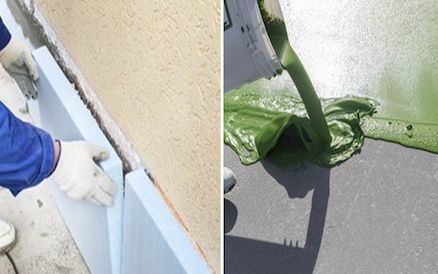Formulation Material Selection
Bonding Dissimilar Materials: How to Reduce Internal Stress Levels

Language: English
Length: 90 min
Recorded on: 11 Jul 18
Package Includes
6 month access to Course Recording, Presentation Slides, Q&A Transcript
Course Description
Prevent premature adhesion failure while bonding dissimilar materials (LSE plastics, metal, composites, ceramics…) by efficiently managing the problem of internal stress and curing shrinkage.
Edward Petrie will share how to deal with differences in materials properties (shrinkage, coefficient of thermal expansion (CTE)…). He will also discuss formulation optimization tips & the impact of joint designs & cure conditions.
Note- This Online Course is also beneficial for Coatings Formulators
Edward Petrie will share how to deal with differences in materials properties (shrinkage, coefficient of thermal expansion (CTE)…). He will also discuss formulation optimization tips & the impact of joint designs & cure conditions.
Note- This Online Course is also beneficial for Coatings Formulators

Edward M Petrie
EMP Solutions
0 courses
See Tutor Profile
Why should you view this course?
Who should join this course?
-
This course is suitable for intermediate level proficiency
Intermediate
Course Outline

Share this Course
Share this Course
https://courses.specialchem.com/products/bonding-dissimilar-materials-how-to-reduce-internal-stress-levels

